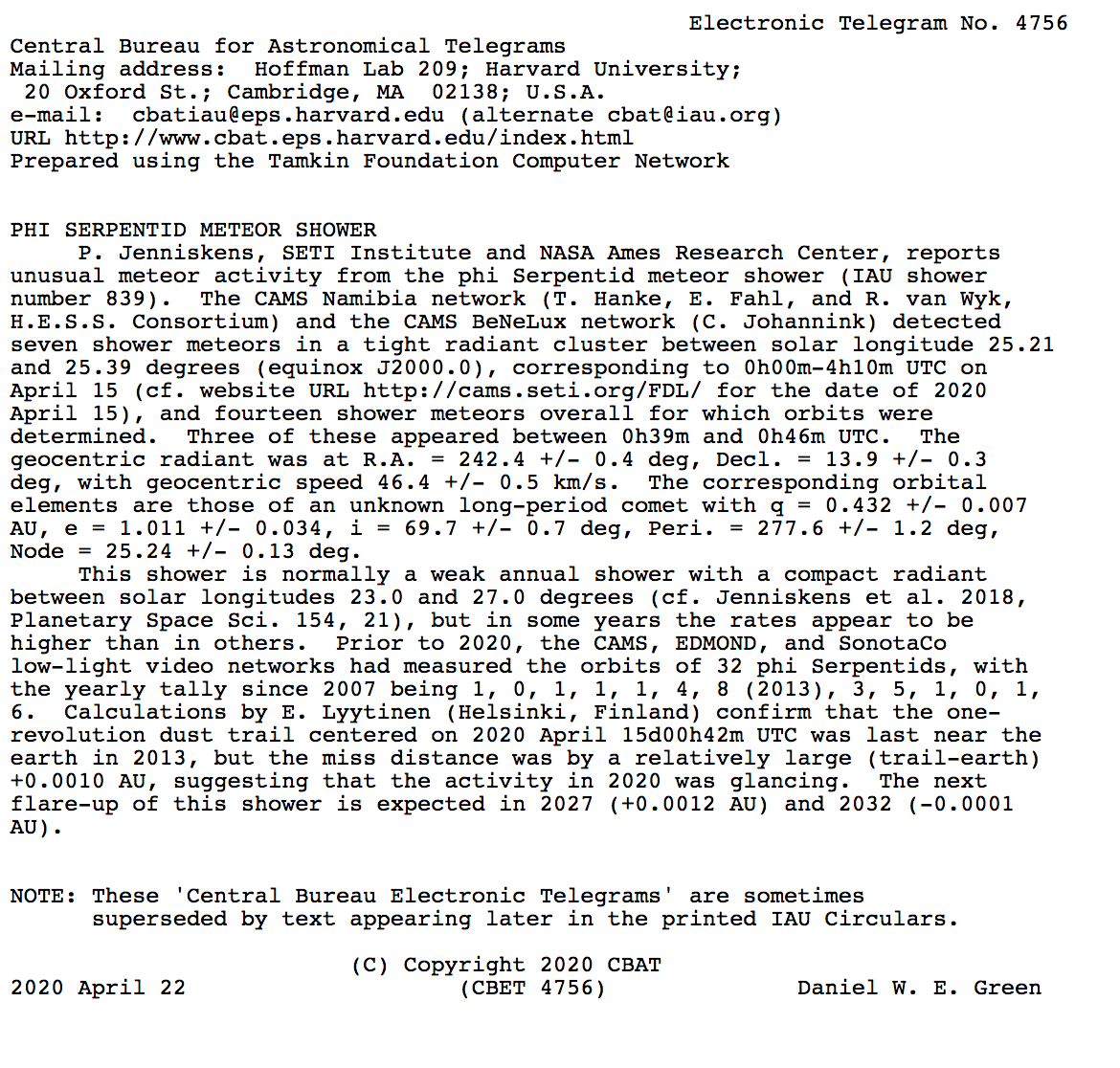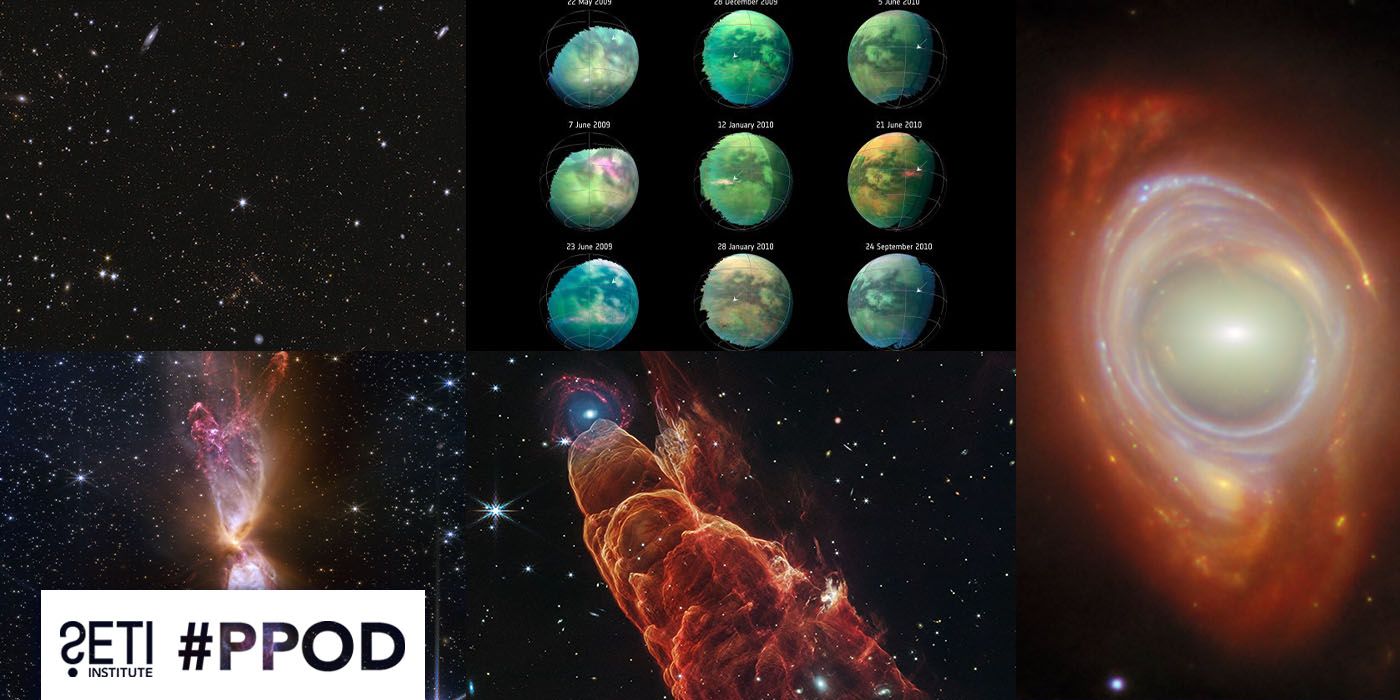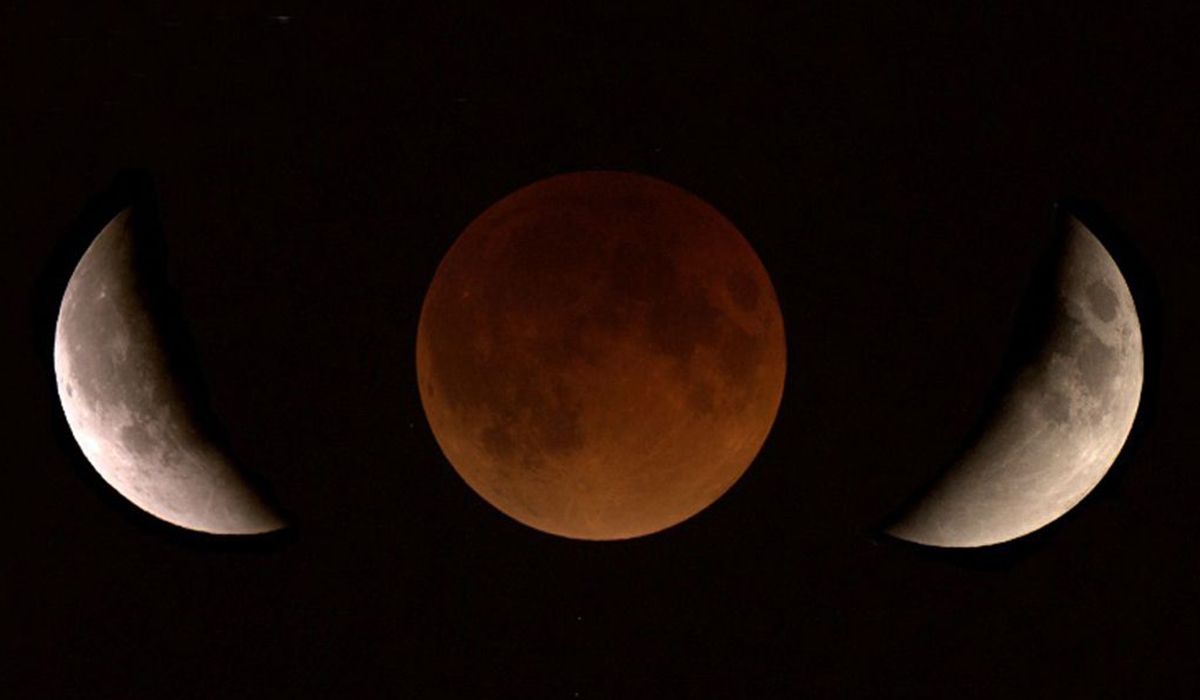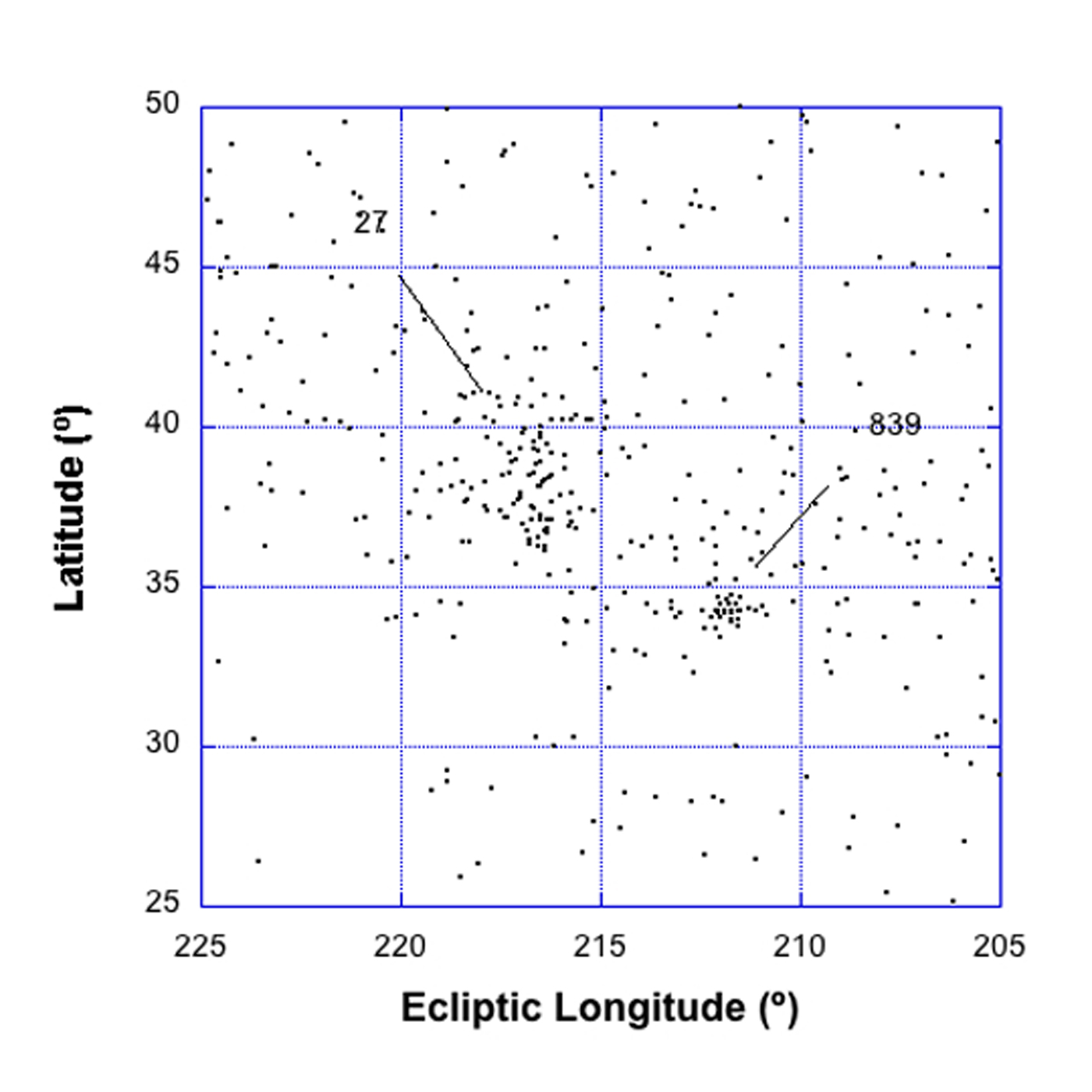
figure of 839 radiants using SETI's CAMS network.
SETI Institute astronomer Peter Jenniskens reports on some unusual activity of the Phi Serpentid meteor shower. Using the SETI Institute’s global CAMS network of low-light video surveillance cameras, Peter and his team monitor meteor showers 24/7 to record their presence and intensity. Meteor showers are caused by bits of debris shed by comets (and some asteroids) that light up when they strike the Earth’s atmosphere. By observing the direction and speed of the meteors, astronomers can calculate their orbit in space to trace the origin of the material to its parent body. The figure shows the radiants (the direction point in the sky where a meteor appears to originate) of two meteor showers observed in the constellation Serpens between April 12 and 19. Shower number 839 is the Phi Serpentid shower. It has the orbit of an unknown long period comet. It is usually quite weak, but this year the planets aligned to push the stream of debris more into Earth’s path, causing a higher rate of naked eye meteors. The flare-up was reported to the astronomical community via the IAU Central Bureau on Electronic Telegrams
News
Related News
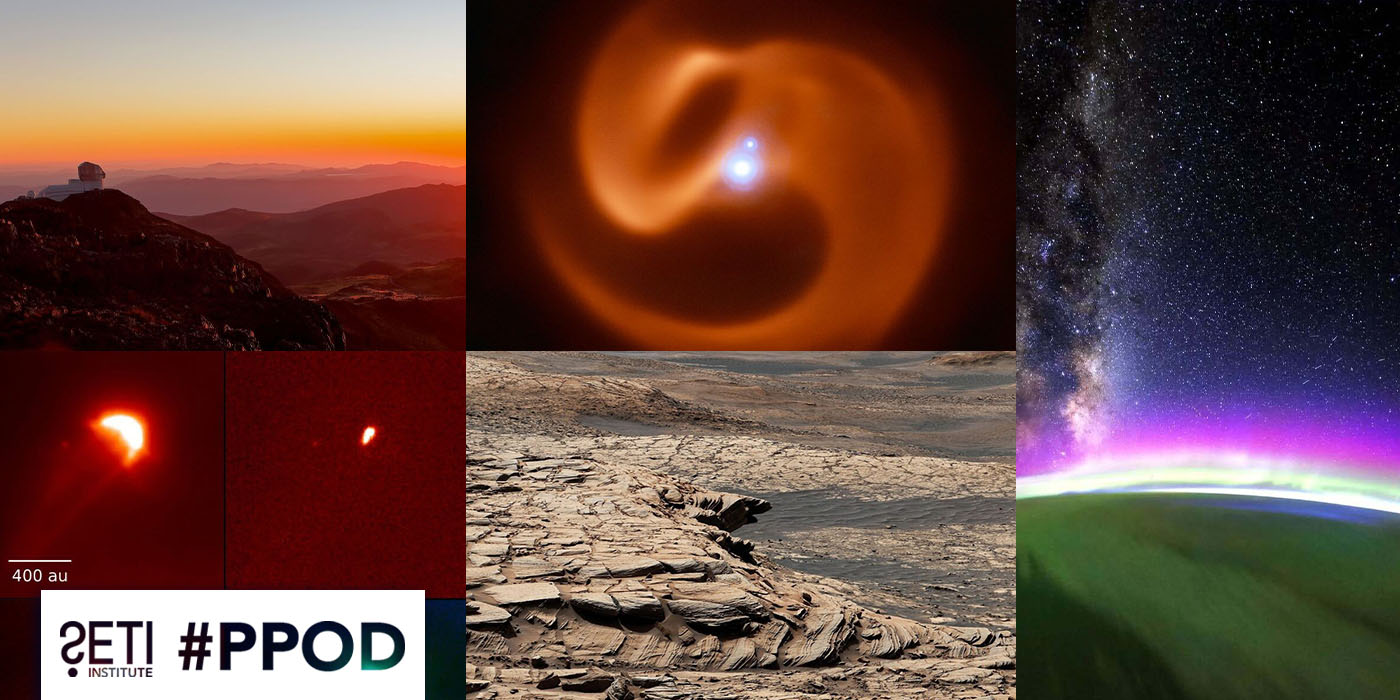
Planetary Picture of the Day - Week of May 19, 2025
#PPOD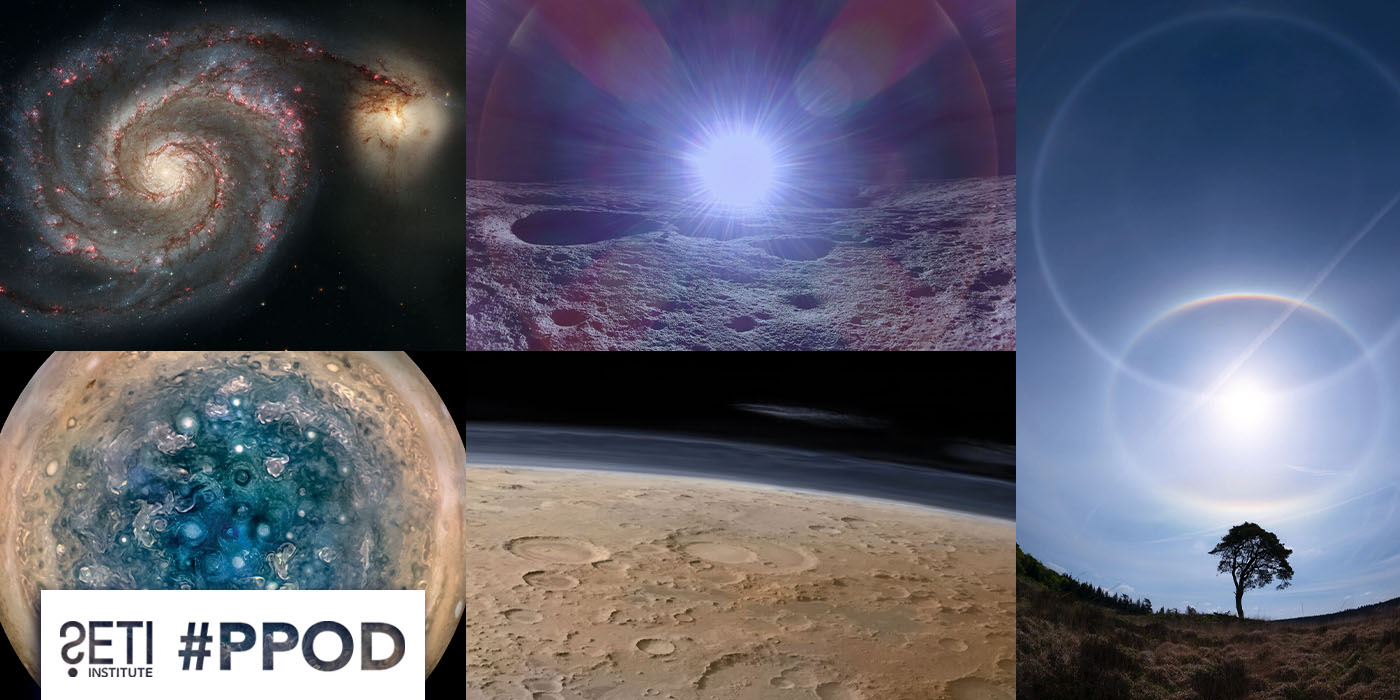
Planetary Picture of the Day Week of May 12, 2025
#PPOD
Red Planet, Blue Past: What Ancient Rain on Mars Tells Us About Its Watery History
#Mars #Solar System #AstrobiologyResearch
Related Projects

Technosignatures SAG
Technosignatures SAG is a group of volunteer experts who have been chartered by NASA to produce a report to NASA’s Exoplanet Exploration Program, containing the results of its analysis on how NASA can better integrate technosignature search into its portfolio. #Technosignatures SAG #Technosignatures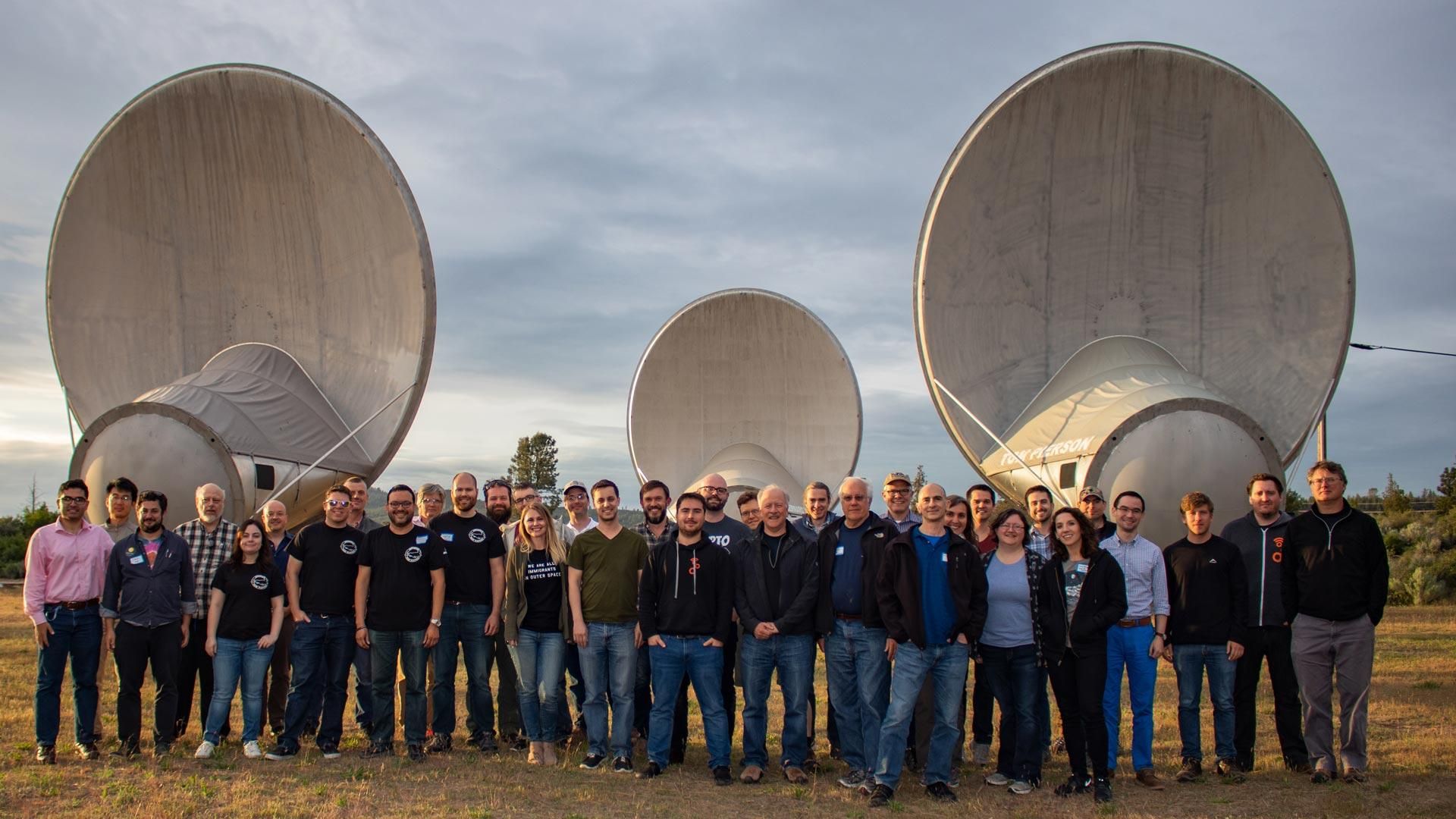
GNU Radio and SETI
GNU technology could revolutionize the development of receiving equipment for SETI (and for radio astronomy in general.) It promises to speed the design of new receivers, and to allow scientists to quickly change how data are analyzed and displayed. #GNU Radio #Radio Astronomy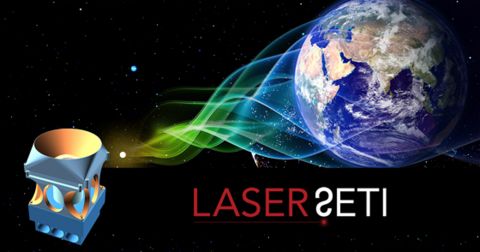
LaserSETI
SETI Institute’s LaserSETI program is building a network of instruments to monitor the entire night sky. This network represents an unprecedented growth in the continuing search for manifestations of sophisticated intelligence beyond Earth. #LaserSETI #Optical SETISupport the
SETI Institute
Scientists are getting closer in their search for life beyond earth. But with limited federal funding for the search for extraterrestrial intelligence, supporters are the reason cutting-edge scientists can keep their eyes on the sky.
)
